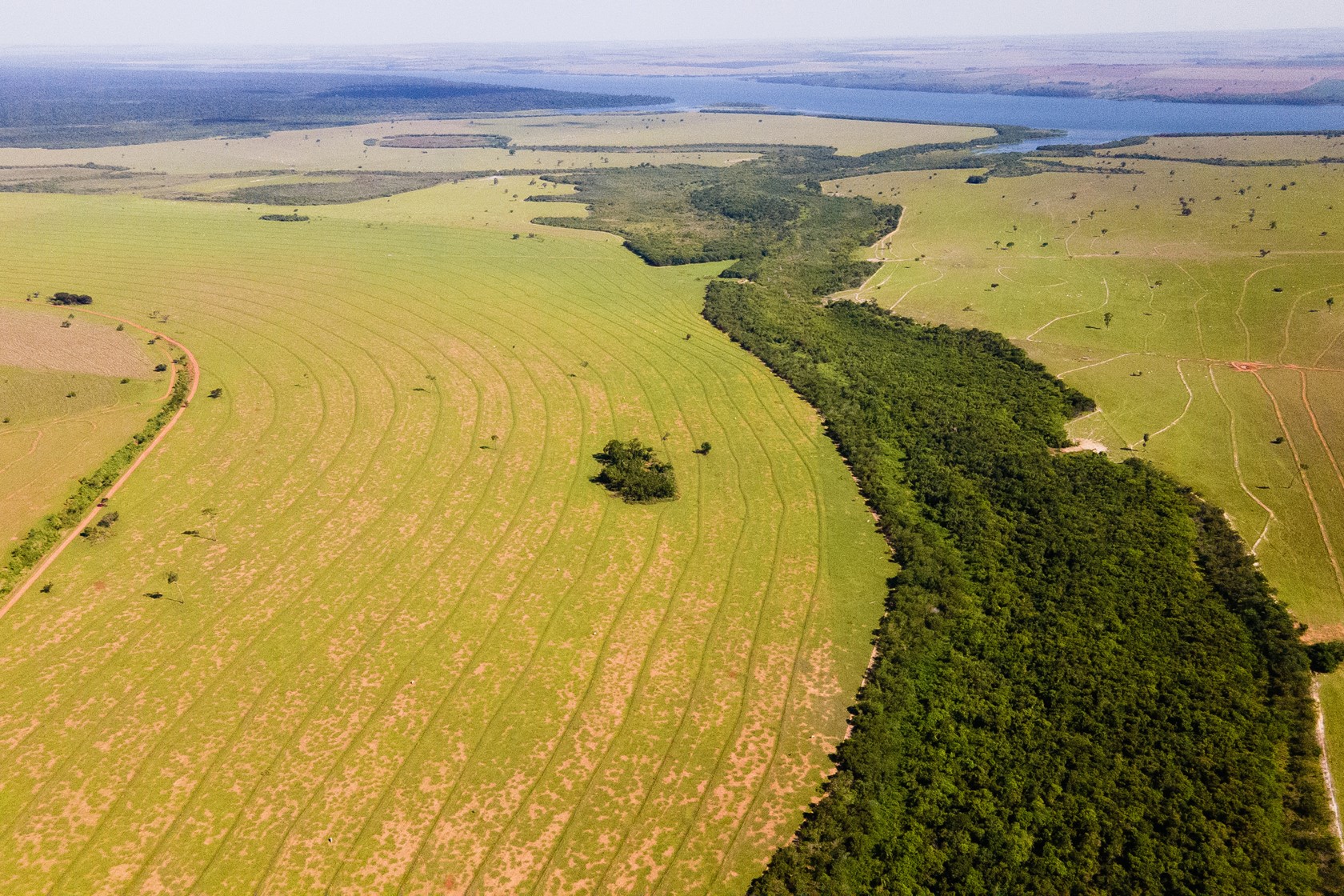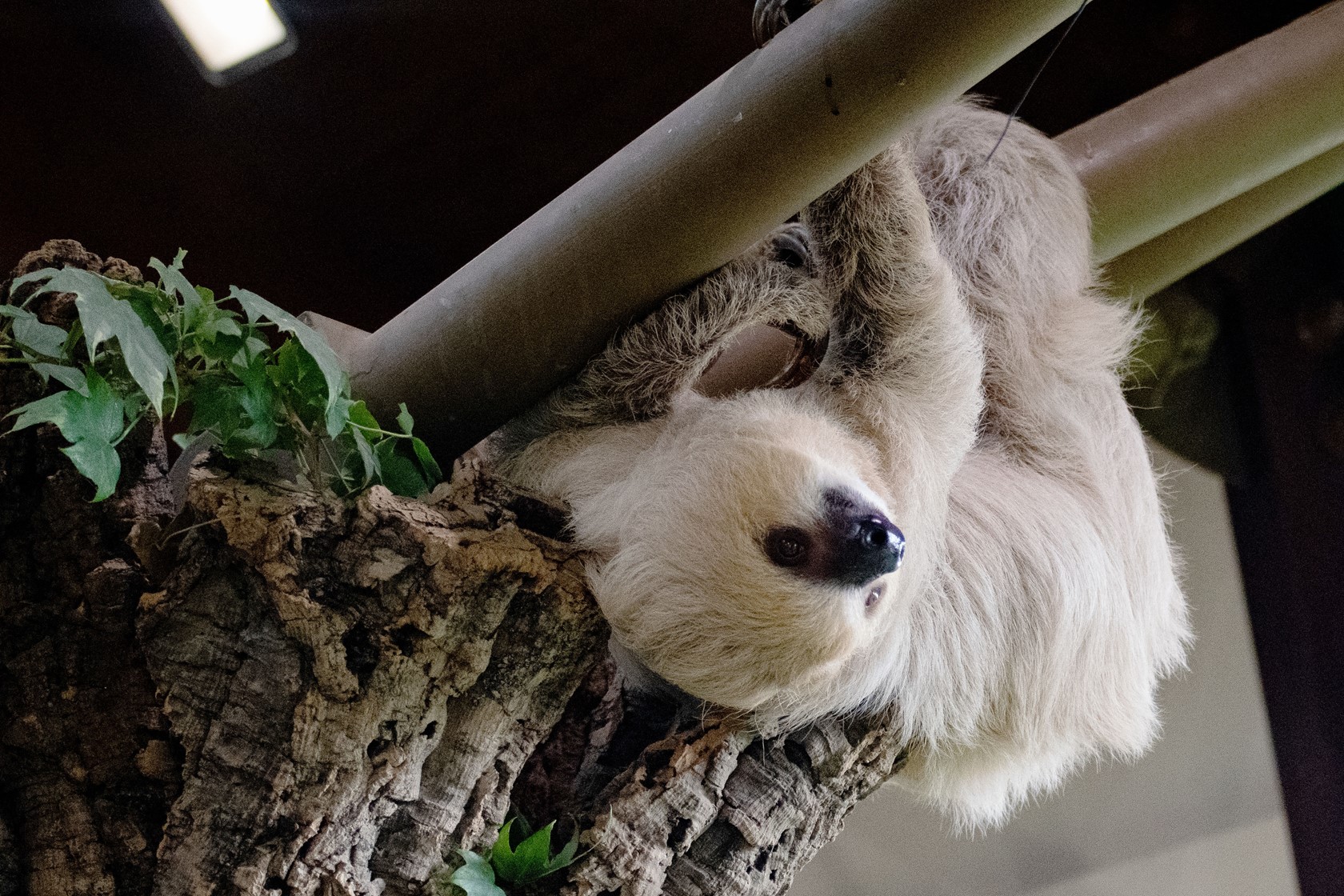Wetlands under threat: protecting Madagascar’s largest lake
The Alaotran gentle lemur, or “bandro” as it is known locally, is the only primate in the world to exclusively live over water, hiding among the reeds of the dense marshes surrounding the lake. Along with many other endangered species that live in and around the lake, this unique primate is under constant threat because of the illegal burning and conversion of its precious habitat into rice fields. Other threats include illegal fishing, animal trapping, and hunting.
Durrell works with local communities across Madagascar to conserve important sites for biodiversity and has been committed to protecting the Alaotra region since 1996. Thanks to generous support from the IUCN SOS Lemur Initiative, we have been working with communities in the area to protect the marshes, not only for the gentle lemur but also for the people whose livelihoods depend on it. We work with 26 villages around Lac Alaotra, with a population of approximately 85,000 people. 75% of this population rely on fishing and weaving products as their primary source of income, so they directly benefit from conservation efforts to protect the lake as healthy marsh habitats are vital to support the regeneration of fish stocks and weaving materials.
Previous Durrell projects funded by the IUCN SOS Lemur Initiative have helped establish the protected area in Alaotra and engage local communities to protect this vital ecosystem. However, challenges facing the lake were still high, and more work was needed to combat the rapid and often illegal burning of the marsh.
Since 2019, we have continued to directly build on the results of this work, with the aim of halting the decline of the gentle lemur population and increasing the connectivity and quality of the remaining marsh by restoring and protecting the habitat. Our work has focused on improving our knowledge of the lemur population, changes in habitat, and threats, while also working to regenerate marsh habitat and reconnect fragments through replanting, invasive species control, and an improved fire response strategy. In addition to the gentle lemur, several other threatened species indirectly benefit from this work, including the Meller’s duck, Humblot’s heron, and the Madagascar rainbow fish. The project also provides local communities with the resources, training, and tools needed to manage the Lac Alaotra Protected Area.
Despite the enormous challenges of 2020, the Durrell team in Madagascar have set up a community planting programme in which 43.3 hectares of marshland were planted. The team trialled the removal of invasive plants from degraded marshland to see if native plants would regenerate naturally. Over 400 people received training, after which the participants suggested setting up a small, local project so they could pass on their knowledge and ensure the commitment to the sustainable development of the protected area.
To raise awareness throughout the project, the team successfully hosted a festival, film screenings, workshops, and games to promote the importance of healthy ecosystems. The result was villagers wanting to amplify the important message around reforestation and marshland restoration. They also established tree nurseries for each village to carry out reforestation and helped establish laws within the communities to manage bush fires and the exploitation of natural resources.
An essential part of the project is increasing positive attitudes towards lemurs among the local communities and reducing illegal marsh clearance. The team identified that a lack of resources, land and food during the lean season were the main drivers of marsh clearance, so they worked with the communities to find solutions. As part of a trial, the project identified and planted species that would improve the villagers’ lives, such as giant bamboo, used for building materials and making fish traps, Acacia for fuelwood, and Eucalyptus and Ravintsara for their medicinal properties. Durrell staff also led training on how to transform invasive water hyacinth and Salvinia into organic fertiliser. The resulting compost was used on crops grown under Climate-Smart Agriculture methods as part of our conservation livelihoods work in Alaotra, funded by Jersey Overseas Aid.
So much of this work has been made possible thanks to the generous funding from the IUCN SOS Lemur Initiative. In the coming years, Durrell will continue to build on these positive results by working with local communities to restore precious marsh habitat and ultimately protect this important ecosystem, not only for wildlife but for generations of people to come.
IUCN SOS Lemur Initiative is part of IUCN SOS – Save Our Species, which contributes to the long-term survival of threatened species, their habitats and the people who depend on them by supporting civil society organisations.
Photography: Chris Scarffe

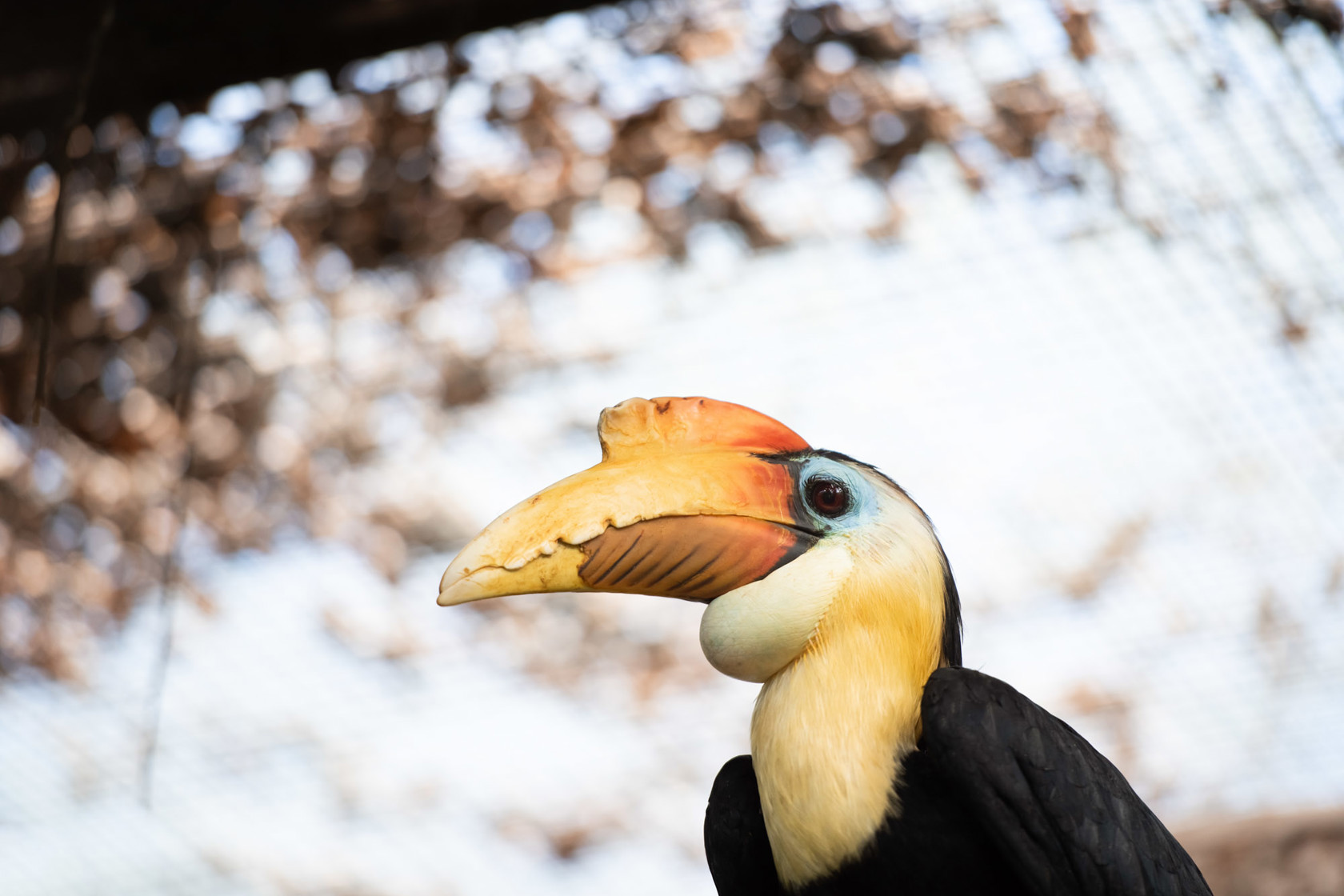
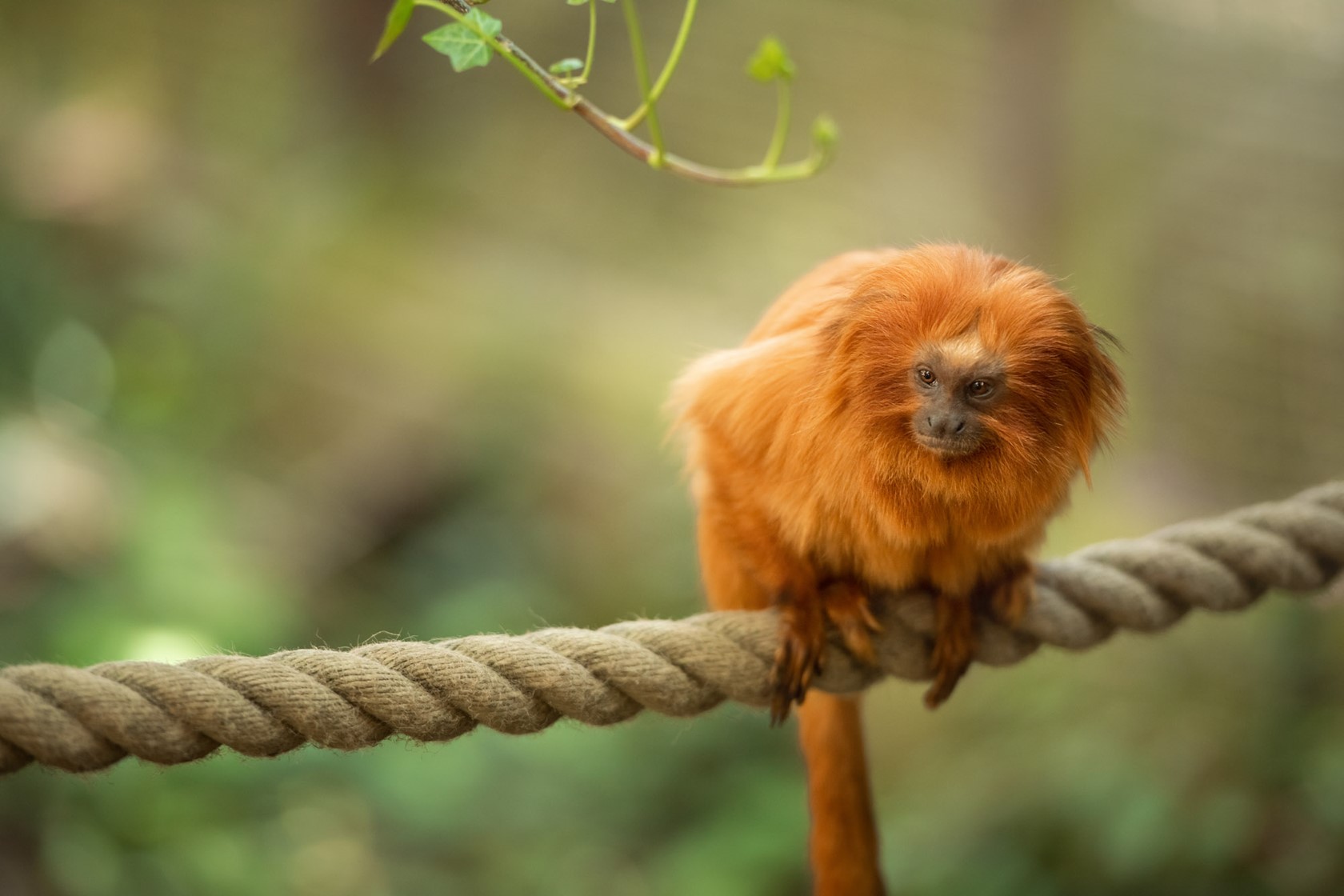
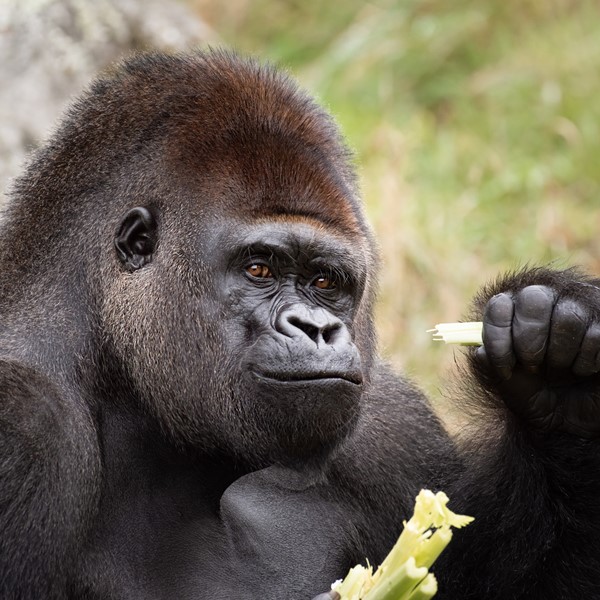 Mammals
Mammals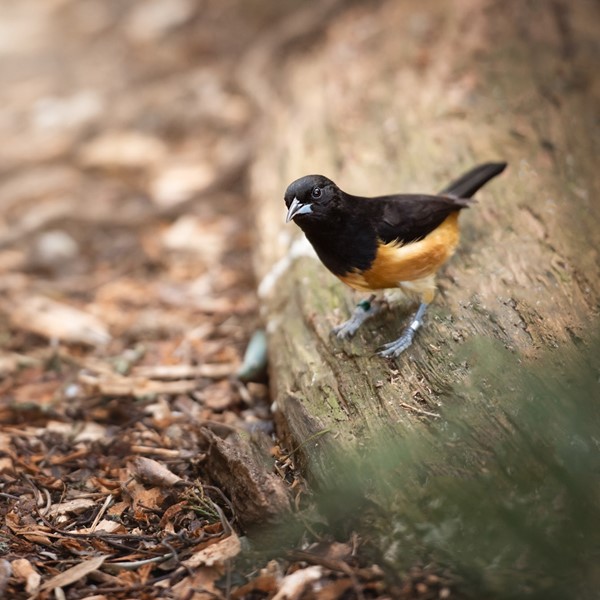 Birds
Birds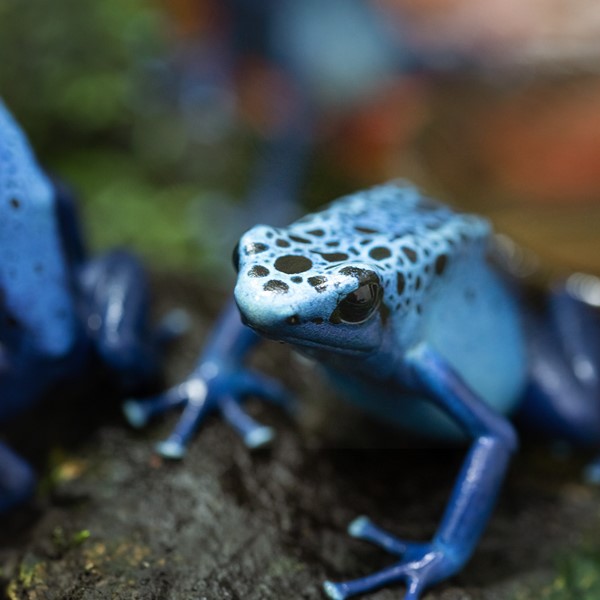 Amphibians
Amphibians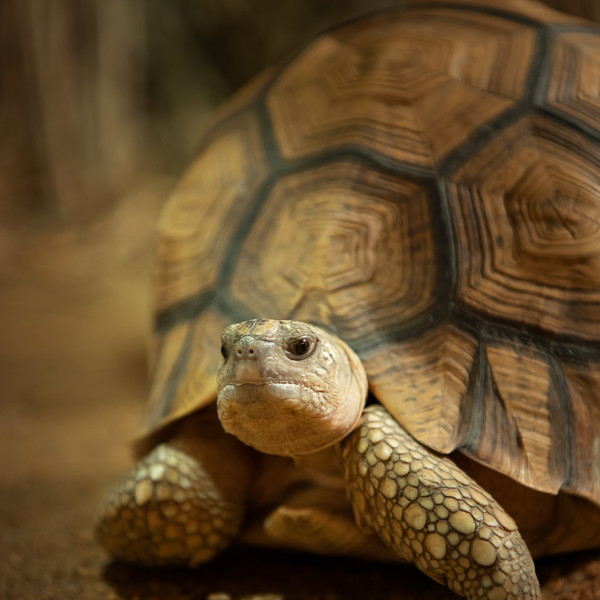 Reptiles
Reptiles